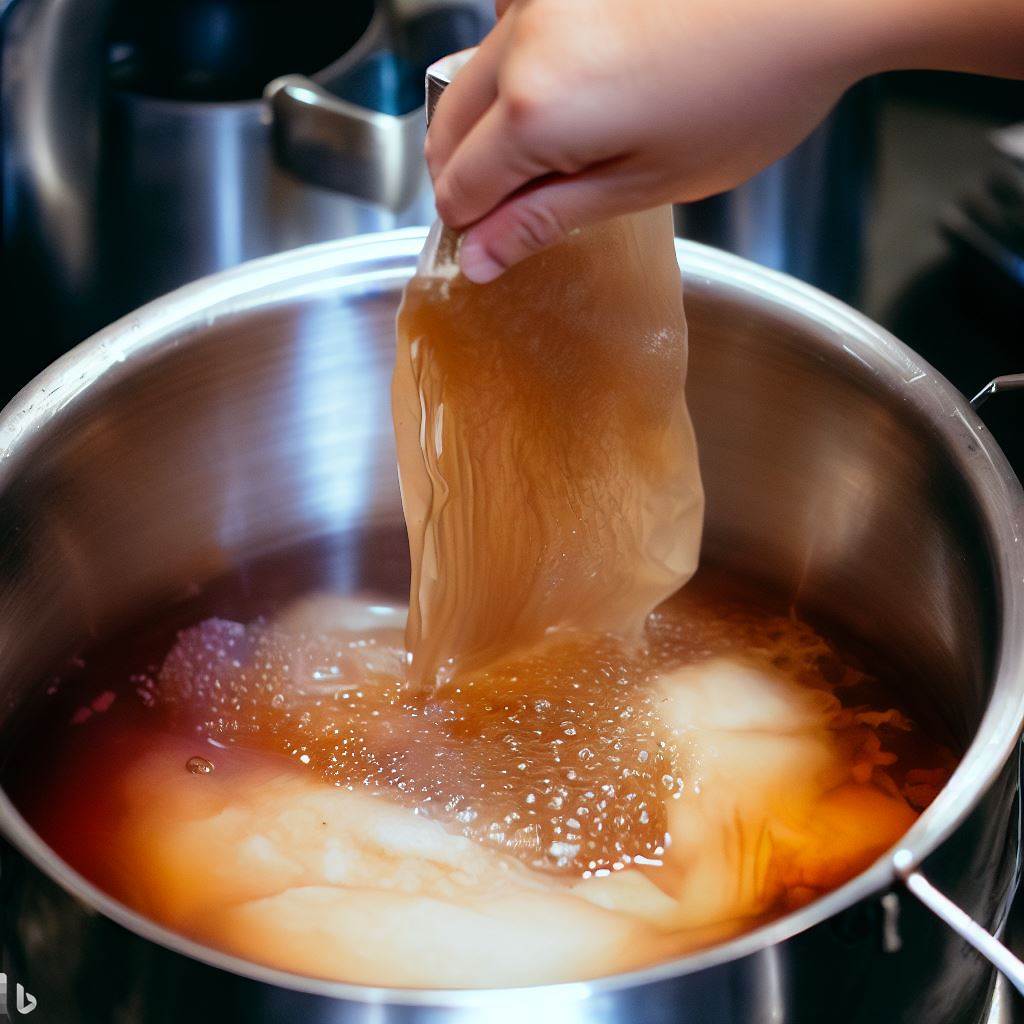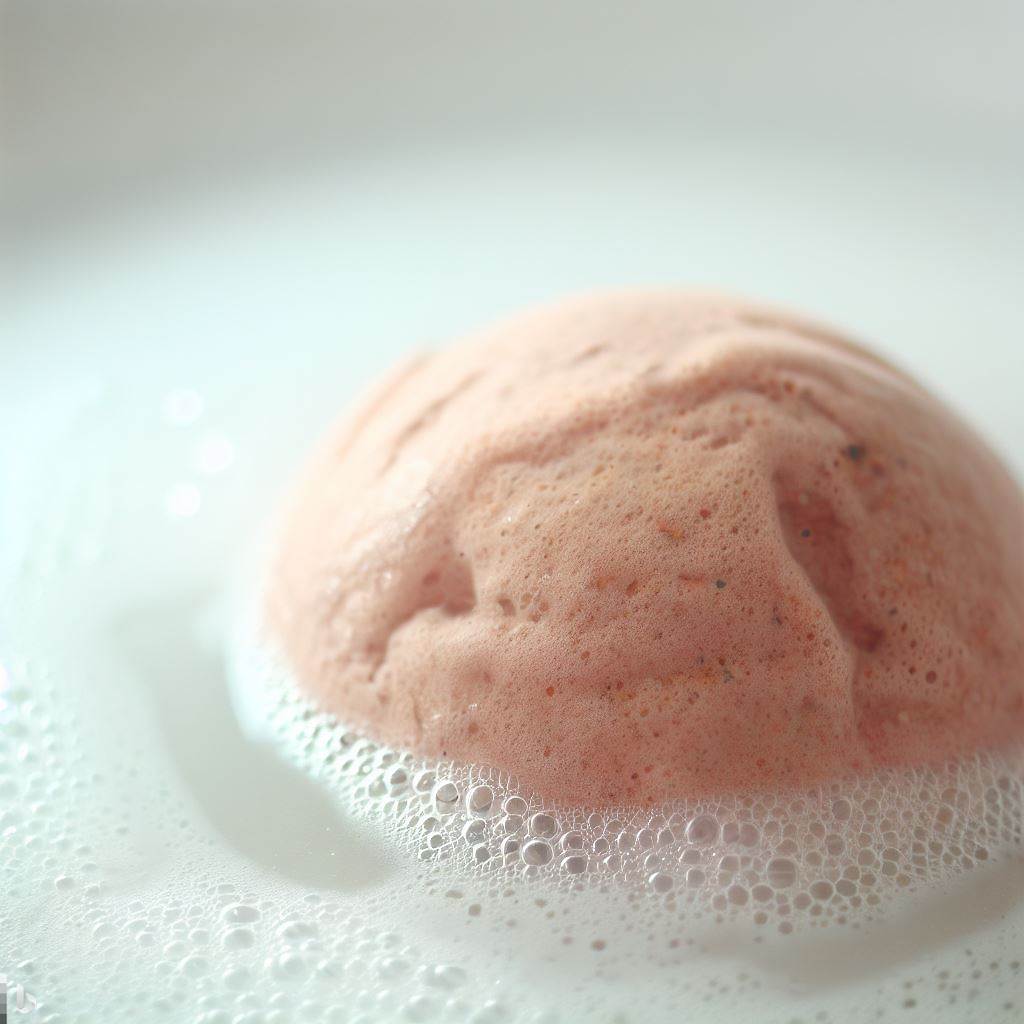Kombucha, has been a staple in many cultures for centuries. Traditionally, it’s brewed using a SCOBY (Symbiotic Culture Of Bacteria and Yeast) and sweetened with white or cane sugar. However, a new trend is emerging in the kombucha world: using brown sugar in kombucha brewing as a sweetener. This blog post will explore the benefits and process of using brown sugar in kombucha brewing.
The Sweet Shift: Using Brown Sugar in Kombucha Brewing
Brown sugar, a sweetener derived from either sugarcane or sugar beet, is known for its rich, molasses-like flavor. It’s a natural sweetener that contains slightly more minerals than white sugar due to the presence of molasses. The unique flavor and nutritional profile of brown sugar can add a new dimension to your kombucha brew.
Transitioning to Brown Sugar in Kombucha Brewing
Transitioning from white sugar to brown sugar in your kombucha brewing process is simple. The ratio remains the same: for one gallon of kombucha, use one cup of brown sugar. However, it’s important to note that brown sugar’s darker color may result in a deeper-hued kombucha, which is purely aesthetic and doesn’t affect the taste or health benefits.
Brown Sugar Brewing Process: A Step-by-Step Guide
The process of brewing kombucha with brown sugar is similar to the traditional method. Here’s a step-by-step guide:
- Tea Preparation: Start by boiling a gallon of water. Once it reaches a rolling boil, remove it from heat and steep your tea bags (about 8-10 for a gallon) for 10-15 minutes.
- Sweetening the Brew: After removing the tea bags, add one cup of brown sugar, stirring until it’s completely dissolved.
- Cooling and Adding the SCOBY: Allow the sweetened tea to cool to room temperature. Once cooled, add your SCOBY along with some starter tea from a previous batch. This helps to acidify the brew and ward off harmful bacteria during fermentation.
- Fermentation: Cover your brewing vessel with a breathable cloth, securing it with a rubber band. Allow the kombucha to ferment in a warm, dark place for 7-10 days.
- Bottling: After fermentation, remove the SCOBY and set it aside for your next batch. Pour the kombucha into bottles, leaving some headspace for carbonation.
- Second Fermentation (Optional): For a fizzier kombucha, you can add a little more brown sugar or some fruit juice to each bottle and let it ferment for another 2-3 days.
- Refrigeration: Finally, refrigerate your kombucha to halt fermentation and enjoy it chilled!
The Health Benefits: A Nutrient-Rich Brew
Brewing kombucha with this type of sugar not only adds a unique flavor profile but also enhances the health benefits. Brown sugar’s mineral content, including calcium, potassium, and iron, contributes to the overall nutrient content of the kombucha, making it a healthier choice for those seeking to maximize their nutrient intake.
Final Thoughts
Finally, using brown sugar in kombucha brewing is a simple switch that can enhance both the flavor and nutritional profile of your homemade kombucha. It’s a sweet alternative that aligns with the health-conscious ethos of kombucha enthusiasts. So, why not give it a try in your next brew?
Remember, as with any brewing process, cleanliness is crucial to prevent contamination. Always ensure your brewing equipment is thoroughly cleaned and sanitized before starting. Happy brewing y’all!
Thanks for reading up at GMK on Brown Sugar in Kombucha Brewing. Read more here:








